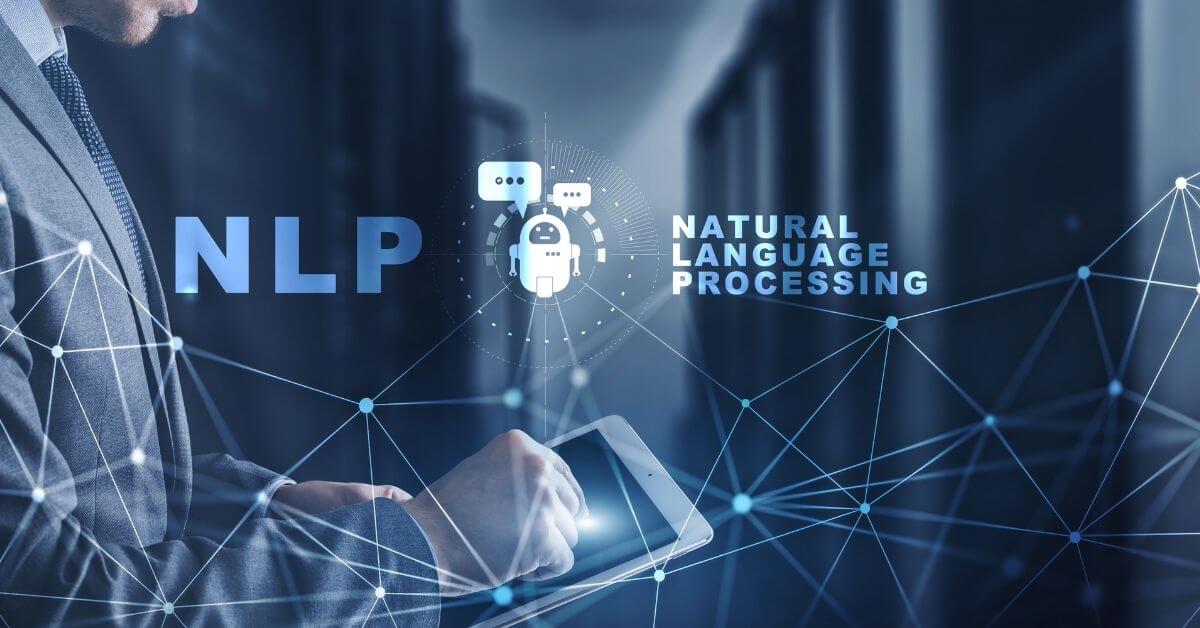
10 Tips for Utilizing NLP Annotation Tools in the Future? Natural Language Processing (NLP) is a branch of Artificial Intelligence (AI) that deals with the interaction between computers and humans using natural language. NLP is rapidly growing, and the demand for NLP annotation tools is increasing at an exponential rate. Annotation tools help data scientists and NLP researchers to identify, extract, and classify the relevant information from the unstructured data
1. NLP Tools

Natural Language Processing (NLP) annotation tools are software tools that are used to extract, identify, and classify relevant information from unstructured data. These tools help data scientists and NLP researchers to analyze large amounts of text data in a more efficient and accurate manner.
There are various types of NLP annotation tools available in the market, ranging from basic to advanced. The basic tools include text editors, spreadsheets, and markup languages like XML and HTML. These tools are useful for simple tasks such as identifying named entities or parts of speech.
On the other hand, advanced NLP annotation tools provide more sophisticated features such as entity recognition, sentiment analysis, and machine translation. These tools are trained on large amounts of data and use complex algorithms to identify patterns and extract relevant information from text data.
Some of the popular NLP annotation tools include spaCy, NLTK, Stanford CoreNLP, and GATE. Each tool has its own strengths and weaknesses and is designed for specific NLP tasks.
While choosing an NLP annotation tool, it is essential to consider the specific task you need to perform, the data you are working with, and the features offered by the tool. It is also important to ensure that the tool is user-friendly, offers good documentation and support, and has a good reputation in the NLP community.
Overall, NLP annotation tools are an essential part of the NLP pipeline and can help data scientists and NLP researchers to extract valuable insights from unstructured data.
2. Understand the Data

Natural Language Processing (NLP) is a branch of Artificial Intelligence (AI) that deals with the interaction between computers and humans using natural language. The primary goal of NLP is to enable machines to understand, interpret, and generate human language.
To achieve this, NLP researchers use various techniques to process and analyze large amounts of unstructured data such as text, audio, and video. One of the critical steps in the NLP pipeline is understanding the data, which involves identifying the relevant information and classifying it into meaningful categories.
NLP annotation tools play a crucial role in this process by providing a structured and efficient way to label and annotate the data. The annotated data can then be used to train machine learning models to recognize patterns and make predictions.
There are several types of NLP annotation tools available, including rule-based systems, machine learning-based systems, and hybrid systems that combine both approaches. Each type of tool has its advantages and disadvantages, and choosing the right one depends on the specific needs of the NLP task.
3. Choose the Right Annotation Tool
Choosing the right NLP annotation tool is crucial for achieving accurate and effective results in NLP tasks. The choice of tool should depend on various factors such as the task to be performed, the data to be annotated, and the features offered by the tool.
When choosing an annotation tool, it is essential to consider the type of data you are working with. Different tools are designed to work with different types of data such as text, speech, or images. For example, a tool designed for text may not be the best choice for speech data.
Another factor to consider is the complexity of the annotation task. Some tasks require simple annotations such as binary labels, while others require more complex annotations such as entity recognition or sentiment analysis. It is essential to choose a tool that can handle the complexity of your task.
the features offered by the tool should also be considered. Some tools offer features such as collaborative annotation, automatic annotation, and integration with other NLP tools. These features can improve the efficiency and accuracy of the annotation process.
it is important to consider the cost and ease of use of the tool. Some annotation tools may require significant financial investment or technical expertise to set up and use. It is important to choose a tool that fits within your budget and can be easily integrated into your workflow.
choosing the right NLP annotation tool is crucial for achieving accurate and effective results in NLP tasks. When choosing a tool, consider the type of data, complexity of the task, features offered, cost, and ease of use.
Read More: Top 10 Best Internal Hard Drives In 2023
4. Define the Annotation Guidelines
Annotation guidelines are the set of instructions that define how the data should be annotated. These guidelines should be detailed, clear, and concise. It is essential to involve domain experts and linguists while creating the guidelines.
5. Prepare the Data
Before starting the annotation process, it is necessary to prepare the data. The data should be cleaned, pre-processed, and formatted. Pre-processing steps may include tokenization, sentence splitting, and part-of-speech tagging.
6. Create an Annotated Dataset
After preparing the data and defining the annotation guidelines, the annotation process can begin. It is necessary to ensure that the annotators are adequately trained, and the annotation is consistent. The annotated data should be saved in a standard format, such as CoNLL or JSON.
7. Quality Check the Annotated Dataset
After the annotation process is complete, it is essential to perform a quality check on the annotated dataset. This step ensures that the annotation is consistent and accurate. Quality checking can be done manually or using automated tools.
8. Train and Test the NLP Model
After the data has been annotated, the next step is to train and test the NLP model. Training an NLP model involves feeding the annotated data into the model, allowing it to learn the patterns and relationships between the text and the annotations. The trained model can then be used to predict annotations on new, unannotated data.
Before training the model, it is essential to split the annotated data into a training set and a testing set. The training set is used to train the model, while the testing set is used to evaluate the model’s performance. The split should be done randomly to ensure that the training and testing sets are representative of the overall data.
Once the data is split, the model can be trained using machine learning algorithms such as support vector machines, decision trees, or deep learning algorithms such as neural networks. These algorithms use the annotated data to identify patterns and relationships between the text and the annotations.
After training the model, it is essential to evaluate its performance on the testing set. This can be done using metrics such as precision, recall, and F1-score. Precision measures the percentage of correctly predicted positive annotations out of all positive predictions, while recall measures the percentage of correctly predicted positive annotations out of all actual positive annotations. The F1-score is a weighted average of precision and recall, and it provides an overall measure of the model’s performance.
If the model’s performance on the testing set is not satisfactory, it may need to be retrained with more data, different machine learning algorithms, or different hyperparameters. Hyperparameters are the configuration settings that determine how the model is trained, such as the learning rate, the number of layers in a neural network, or the depth of a decision tree.
Training and testing an NLP model can be a time-consuming and resource-intensive process, but it is essential to ensure that the model is accurate and reliable.
9. Continuously Improve the Annotation Process

NLP annotation is an iterative process. As the model’s performance improves, the annotation guidelines may need to be updated. It is essential to continuously evaluate the performance of the model and the annotation process.
10. Utilize Pre-Trained Models (Continued)
-tuned on the annotated dataset to improve the model’s performance. Fine-tuning is the process of adapting a pre-trained model to a specific task or domain by training it on a small amount of annotated data.
Utilizing pre-trained models can save a lot of time and effort in training an NLP model from scratch. These models have already been trained on large amounts of data and can provide a good starting point for your NLP task.
Conclusion
NLP annotation tools play a crucial role in the NLP pipeline. Utilizing these tools efficiently can help data scientists and NLP researchers to extract relevant information from unstructured data accurately. Following the tips outlined in this article can help make the annotation process more manageable, resulting in better-performing NLP models.












2 Comments